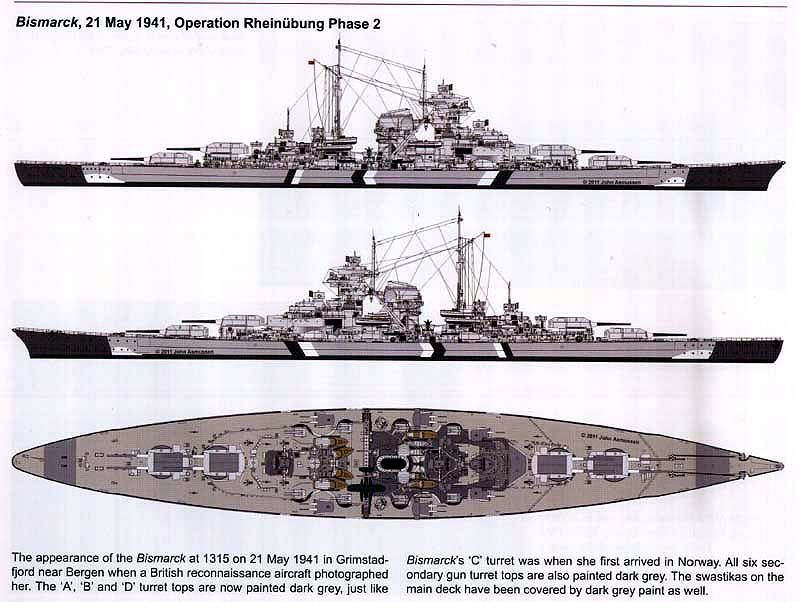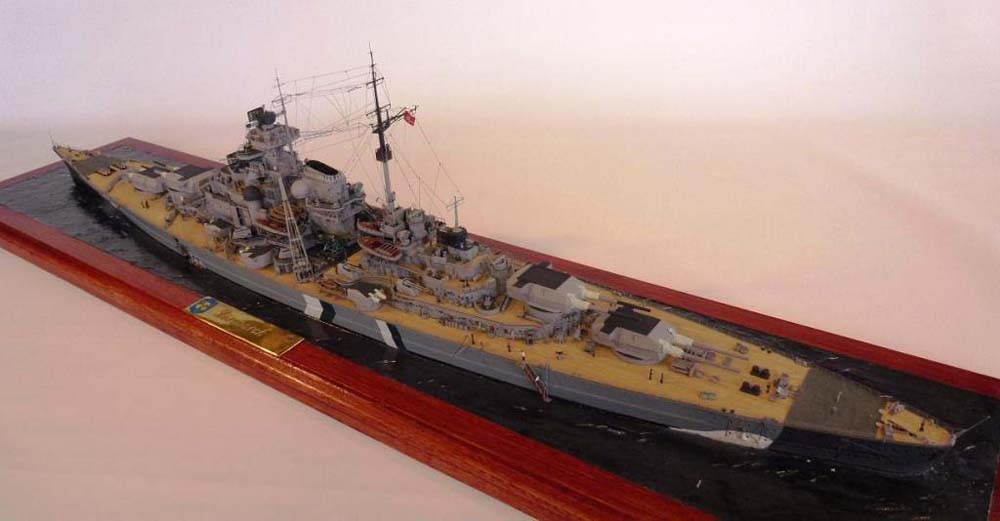Pesquei uns textos interessantes na Steel Navy. São todos respostas a uma pergunta de um modelista. A primeira. abaixo, É do John Snyder, dono da White Ensign.
---------------------
In September 1940, then-LCDR Joseph H. Wellings, USN, was serving in a staff position in Washington, D.C. under RADM Leary and CAPT Willis A. Lee (later of Guadalcanal fame in command of WASHINGTON and SOUTH DAKOTA when they sank the KIRISHIMA). Wellings was about to take command of a Pacific Fleet DD when he was recalled and sent to England, ostensibly to serve with the Naval Attache in London. In fact, he was deputed to share technical information with the RN and upon arrival was posted to Scapa Flow. He served in a variety of ships from DDs to BBs, including the HOOD. He was finally returning home in May 1941 aboard the BB RODNEY when the BISMARCK breakout occurred, and thus he was a witness to the kill of the German battleship. In 1983 the Naval War College published On His Majecty's Service, an account of Wellings' experiences based on his official and personal diaries, and on his letters home to his wife. All of it is very interesting reading. It is his account of the BISMARCK sinking however, that proved of greatest interest to me. Remember that during the first strike from ARK ROYAL the Swordfish crews mistakenly attacked SHEFFIELD. Remember too, that BISMARCK expected to be within range of Luftwaffe support the next day, and that the Luftwaffe was known to be not too good on ship identification. Thus, both sides had concerns about accurate aerial identification. On page 231 of his book, Wellings records 'Naval Messages received in HMS RODNEY, 0900-2400 27 May 1941'. And here lies the answer to the debate, for at 0920 GMT that date, the Admiralty transmitted the following message to Commander in Chief, Home Fleet: "Roof of BISMARCK turrets and gun shields painted bright yellow." That message could have been based on eyewitness information, either from Swordfish pilots who had hit her, or from the Catalina crew that had found her. It also could have been based on Ultra intercepts of Luftwaffe signals, which the British were reading almost as soon as the intended recipient. The Admiralty, knowing that the area would be full of ships, obviously wanted no recurrence of the SHEFFIELD incident.




